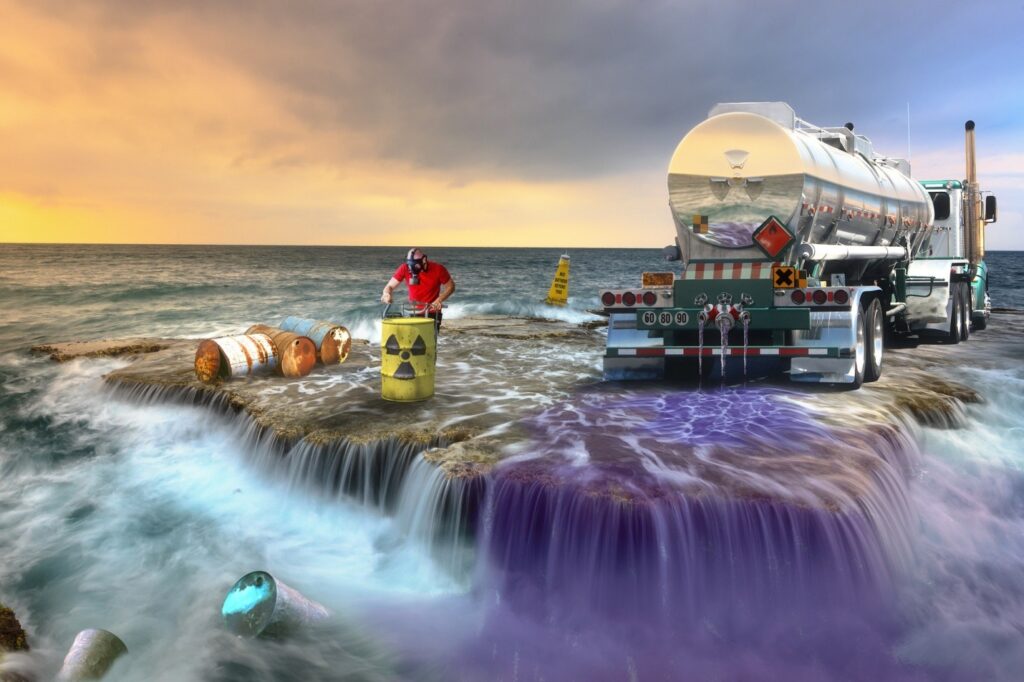The 3-Minute Rule for Reclaim Waste
The 3-Minute Rule for Reclaim Waste
Blog Article
The Ultimate Guide To Reclaim Waste
Table of ContentsThe Best Guide To Reclaim WasteThe Reclaim Waste IdeasThe Basic Principles Of Reclaim Waste Some Of Reclaim WasteEverything about Reclaim Waste
Residential sewage waste refers to the waste and items from a domestic septic container. The appropriate monitoring and disposal of residential sewage waste call for liquid waste to be moved to a sewage treatment plant where the correct techniques and tools are used to cleanse and dispose of waste.
Business waste typically consists of prospective threats, such as flammable materials or a mixture of fluid and strong waste products, and needs an extra advanced and comprehensive disposal process. The disposal of business waste typically entails the purification of waste prior to transport to make certain safe and appropriate disposal. Hazardous waste is created from by-products and drainage of commercial procedures and manufacturing.
This kind of waste can not utilize the exact same sewer monitoring transport or procedures as septic or business fluids. The hazardous waste administration procedure calls for the assessment and testing of liquid waste before it goes through the disposal procedure (liquid waste removal). Overflow waste is the fluid waste that originates from drainage and excess stormwater in extremely booming locations or cities
Overflow waste can trigger contamination and flooding if not handled appropriately. Ensuring correct waste management can protect against catastrophes and decrease ecological damage.
The Reclaim Waste Diaries
Contact PROS Solutions today to find out about our waste monitoring and disposal services and the proper means to care for the fluid waste you produce.
(https://myanimelist.net/profile/reclaimwaste1)Do you know what takes place to your water when you disengage, purge the bathroom or drain pipes the washing machine? No? Well, it deserves recognizing. This supposed 'wastewater' is not only an essential source however, after treatment, will certainly be released to our land, waterways or the ocean. Utilized water from bathrooms, showers, bathrooms, kitchen area sinks, laundries and commercial processes is called wastewater.

water made use of to cool down machinery or tidy plant and equipment). Stormwater, a kind of wastewater, is drainage that flows from agricultural and city areas such as roofs, parks, gardens, roadways, courses and rain gutters into stormwater drains pipes, after rainfall. Stormwater moves untreated directly to neighborhood creeks or rivers, ultimately getting to the liquid waste disposal sea.
The Greatest Guide To Reclaim Waste
In Queensland, many wastewater is dealt with at sewer treatment plants. Wastewater is delivered from residential or industrial websites with a system of sewage systems and pump terminals, understood as sewage reticulation, to a sewage treatment plant. City governments construct, keep and operate most sewage treatment plants. Operators are certified under the Environmental Management Act 1994 to discharge treated wastewater at an acceptable ecological criterion into waterways.
The Department of Natural Resources recommends regional federal governments concerning handling, operating and preserving sewerage systems and therapy plants. In unsewered locations, city governments may require householders to mount private or family sewage treatment systems to deal with residential wastewater from bathrooms, cooking areas, washrooms and washings. The Department of Natural Resources authorises the use of family systems when they are shown to be effective.
The majority of stormwater receives no therapy. In some new communities, therapy of some stormwater to remove litter, sand and crushed rock has started utilizing gross toxin catches. Wastewater treatment happens in 4 stages: Eliminates strong matter. Bigger solids, such as plastics and other items incorrectly released to sewers, are gotten rid of when wastewater is passed through displays.
Makes use of tiny living organisms recognizes as micro-organisms to damage down and get rid of continuing to be liquified wastes and great fragments. Micro-organisms and wastes are incorporated in the sludge.
Examine This Report on Reclaim Waste
Nutrient elimination is not readily available at all sewage therapy plants because it needs expensive specialist equipment. Clear fluid effluent produced after therapy may still consist of disease-causing micro-organisms - liquid waste disposal.

This generally implies wastewater needs to be dealt with or impurities gotten rid of before it can be released to rivers. Most wastewater moves into the sewage system. Under the Act, city governments administer approvals and permits for environmentally appropriate activities (Ages) entailing wastewater launches that may have a neighborhood effect. The department carries out authorizations and licences to ERAs including wastewater launches that may have a local or statewide effect.
The Facts About Reclaim Waste Uncovered
Monitoring supplies accurate info about water high quality and can verify that licence problems are being fulfilled. The information acquired with surveillance provides the basis for making water quality decisions.
Report this page